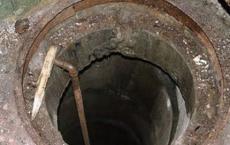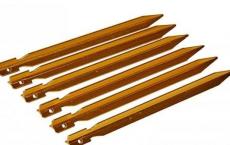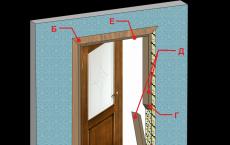Wind farms for a private house: features and characteristics
Installing a wind farm in a country house or in a private house helps to solve many problems associated with power supply. This unit is able to process and accumulate wind energy, using it for the benefit of man. The manufacturing process of a wind farm is quite simple - it requires a minimum amount of materials and, above all, the desire to achieve a given goal. We will consider how to make a wind farm for the house further.
Wind farms for a private house: features and characteristics
Wind farms are designed to convert wind energy into electrical energy. In relation to the appearance and design features, wind farms for the home are located:
- horizontally;
- vertically.
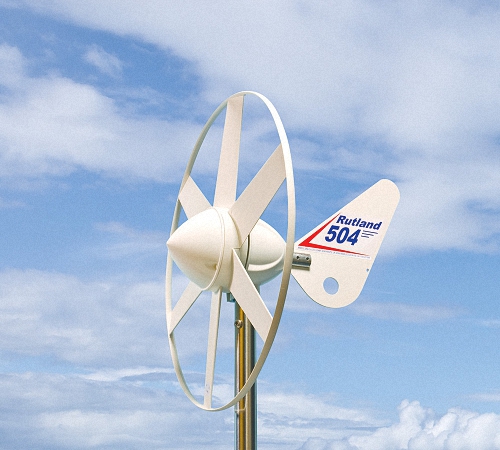
The first option is less dependent on the wind, but is less popular than the second. Since it is able to work only in strong winds, and an external source is required to run it. Vertical wind farms are able to function more efficiently and are characterized by high efficiency. For their work, a wind force of 2-4 m / s is sufficient.
Among the main components of wind farms, it should be noted:
- a mast, which can be simple, telescopic or monolithic;
- gearbox - part of the power plant on which the blades are located;
- container - the movable part of the wind farm, which moves in relation to the wind;
- generator - a device that converts energy.
The choice of design and power of the windmill directly depends on the characteristics of its operation.
More simple are devices with a power of up to 300 watts. Such units can easily fit even in a car. One person is enough to install them, and the power they generate is enough to charge a phone, provide lighting or operate a TV. This option is great for a family vacation in the country, in the forest or on the sea.
With the help of 2, 5, 10 kW wind power plants, the whole house is provided with electricity. If there is excess energy, then it is placed in accumulators that consume it with little or no wind.
More powerful options for wind farms, with a capacity of more than twenty kilowatts, are able to supply electricity to several houses, cottages, or even a private enterprise.
Wind power plants photo:
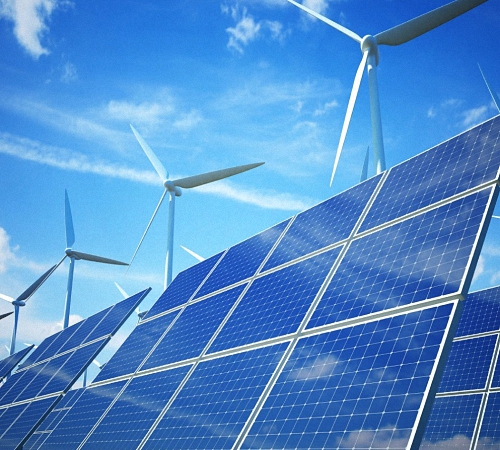
The main advantage of a wind farm is environmental friendliness, because its operation does not affect the environment in any way. At the same time, it is quite easy to get energy, the main condition is the presence of a stable wind.
Among the disadvantages of wind farms, their dependence on wind is noted. For a windmill to work, the wind must have a speed of at least two meters per second. A wind force of 10 m/s is required to reach the rated power.
Batteries are used to store electricity and use it when there is no wind. Their service life is about 10 years. In addition, the use of powerful wind farms is characterized by high noise output, which reduces the comfort of living near this unit.
The wind farm can interfere with the normal operation of the TV, radio and other similar devices.
The most important components of any wind farm are a generator, a rectifying device, a battery-battery, an inverter, that is, a voltage converter. It is recommended to use a microprocessor controller or simple logic circuits to carry out general control over the operation of the device.
If you plan to buy a wind farm, then the best options will be devices that have a low level of initial rotor speed, battery charge rate and output to the workflow. Since the amount of energy that the installation reproduces depends on the breadth of perception of the operating range of the wind.
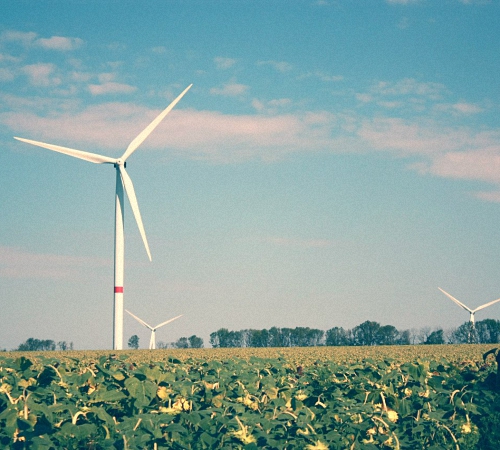
Advantages and disadvantages of wind farms
Some of the benefits of using wind farms include:
1. The duration of the use of wind energy in ancient Roman times.
2. Eco-friendly and environmentally friendly.
3. Cheapness of obtaining high-quality electricity.
4. By using wind power, the consumption of electricity generated by thermal power plants is reduced, so greenhouse gas emissions are significantly reduced.
5. Availability, as the wind is present in every corner of the planet.
6. The size of the wind turbine is small, so it does not require much space for installation.
7. Especially demanded wind installations in places that are far from the main power supply, such as forests, fields, seas or oceans.
8. The use of a wind power plant can significantly reduce the material costs of paying for electricity.
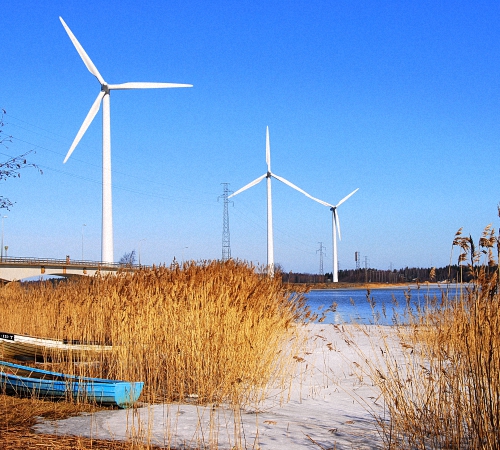
Despite the large number of advantages, the use of private wind farms has the following disadvantages:
1. The wind is changeable at different times of the year in different regions, therefore, in addition to the wind power plant, storage devices for electricity should be installed, and their purchase is a very expensive process. In addition, they require periodic replacement.
2. Some people don't like the look of wind farms and the high noise level they produce.
3. Before building a wind farm, a series of studies should be carried out to determine the strength and intensity of the wind in a certain area.
4. The price for the purchase of wind farms is quite high, although the costs pay off over time, the initial investment is quite high.
5. The blades that are on the windmill harm certain insects and birds that live near the power plant.
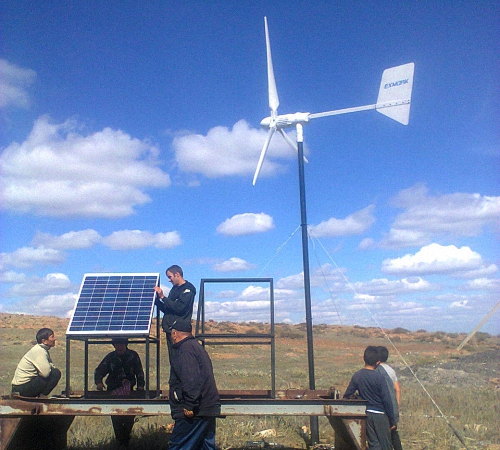
Scope of use and types of wind farms for the home
If the power of the wind farm does not exceed one kilowatt, then an aluminum alloy is required for the manufacture of its casing. Therefore, such devices are characterized by high thermal efficiency and low weight.
The lower the calculated wind speed, the higher the level of electricity that the windmill converts. A low-speed wind generator allows you not to use a gearbox, which means that the noise reproduced by the windmill decreases, and the amount of energy increases.
Another important parameter of a wind farm is the energy efficiency indicator. It depends on the size, design and level of inclination of the blades. If the blades are mass-produced, then their cost is reduced, and the reliability is at a high level.
The minimum power of a wind farm used in a private house is half a kilowatt. If the power of the windmill is less, this energy will not be enough for the full functioning of the building.
The use of small windmills is relevant when hiking, on vacation or on a yacht. If we consider the high noise output of windmills and their harm to insects, then these shortcomings do not apply to home use installations, since these only large industrial installations create infra-low-frequency oscillations that are harmful to animals living nearby.
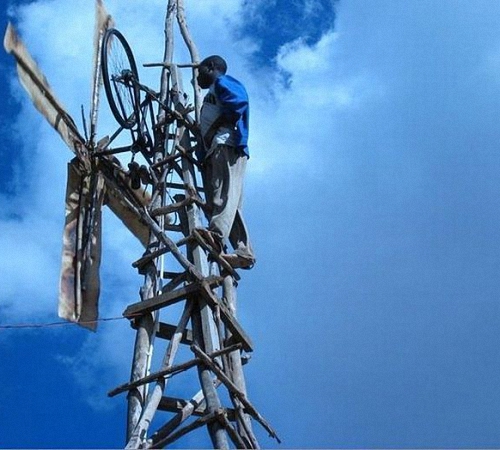
Solar wind power plant - general information
This type of power plant is more profitable, as it is a combination of solar panels with a windmill. If there is no sun outside or at night, the windmill works. At other times, solar panels provide energy.
Thus, it is possible to obtain complete energy independence from the central power supply. These power plants are used in regions with a sufficiently high intensity of solar and wind radiation.
The composition of the solar wind power plant includes the presence of:
- wind generator;
- towers;
- solar panels;
- solar controller;
- inverter;
- helium-type batteries;
- temperature battery sensor;
- different kinds of cables and connectors.
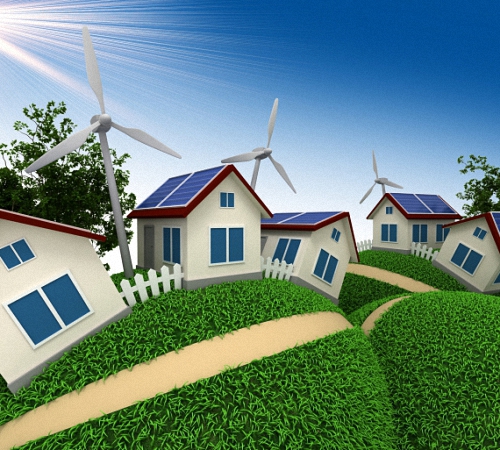
Homemade wind farm - manufacturing features
The process of building a wind farm should begin with the impeller, since it is this element that is responsible for capturing wind energy. For the manufacture of blades, you should purchase plywood or metal sheet. In addition, it is possible to use materials such as duralumin or plastic.
Basic requirements for blades:
- ease;
- strict symmetry;
- no jerks during rotation.
Please note that the final result of the work does not depend on the number of blades. That is, if some wind turbines with three blades are able to process the same amount of energy as devices with five blades.
The best option is to build a windmill with four blades. A six-millimeter wire, which is processed at the end sections of each blade, will help ensure the rigidity of the structure. This procedure is relevant for products made of metal. If the blades of the windmill are wooden, then its ends are impregnated with hot drying oil.
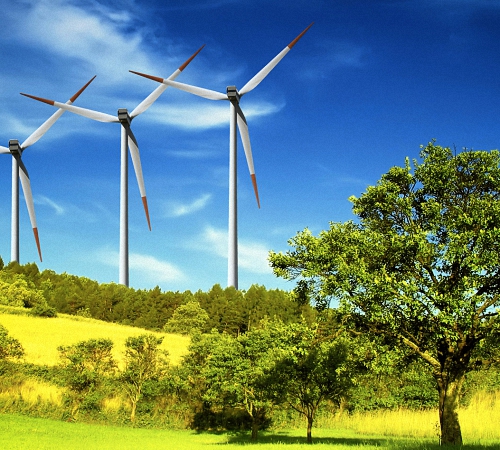
For the construction of four crosses, on which the blades are fixed, metal strips, 5x6 cm in size, should be used. Their service life will be much longer than that of parts made of wood.
A steel pipe with a minimum diameter of 30 cm and a length of 200 cm will serve as a vertical support for the power plant. Two pulleys of different diameters are attached to the lower part of the pipe, thus, using a belt, the rotation is transmitted to the generator.
In addition, you should definitely take care of hiding all the elements in a box made of wood or metal.
With the help of a brewer, the metal cross of the rotor is welded to the axis. Remember to carefully measure the spacing between the blades and the axle. When the rotor part of the windmill is assembled, it should be covered with oil paint.
The bed is a rather important element of a wind farm, since it is on it that the installation is attached. Therefore, the bed must be powerful and provide fastening strength.
To fix the four points of contact with the surface, they should be poured with a concrete solution.
If the wind force does not exceed 10 m / s, then the power of the windmill will be about 1 kW. Please note that the wind generator must be equipped with a battery that will store the energy used in calm weather.
The wind farm should be located in an open area away from trees, preferably on high ground.
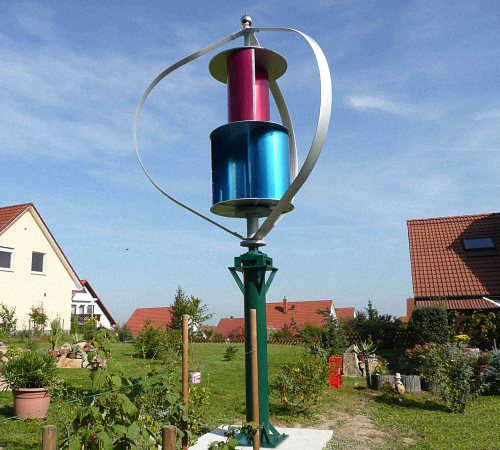
DIY wind farm: choosing a generator
The type of generator used for energy processing determines the efficiency of the wind turbine. Asynchronous devices are quite popular. The principle of their operation is the discrepancy between the moment of rotation of the rotor and the rotation of the stator magnetic field. The wind ensures the rotation of the rotor of the generator set, when the above fields do not coincide with each other, additional electrical energy is generated. Therefore, the efficiency of the windmill increases.
The cost of buying this generator fully pays for itself with its high performance. Compared to conventional generators, asynchronous type devices are lighter in weight, higher in power, and more affordable.
They do not need an additional power source, since they do not have electric brushes that require periodic replacement during the operation of a conventional generator.
The principle of operation of asynchronous motors is as follows. In the process of moving the rotor with the help of wind, the stator is under the influence of a magnetic field. Each stator winding is connected to a capacitor, so a small amount of current appears. It also charges the capacitor. Next, a magnetic field is formed that acts on the second winding, which contributes to an even stronger charge of the capacitor. The rotor is saturated and independently produces energy.
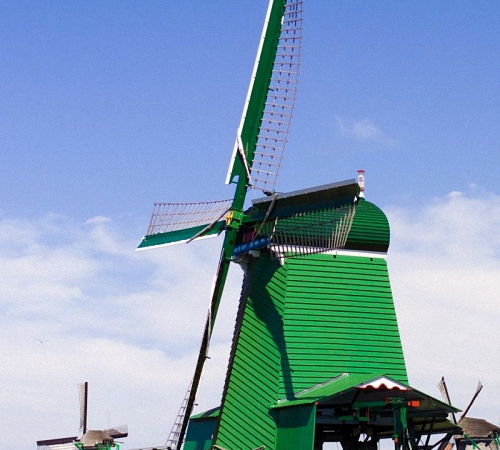
An asynchronous wind generator, with a wind speed of 4 meters per second, is capable of producing electricity with a power of 3 kW.
Among the advantages of this generator should be noted:
- ease of use;
- material and technical availability;
- the presence of a constant steady current;
- getting high power for little money.
Among the advantages of synchronous generators, the presence of a stable and stable voltage should be noted. But at the same time, these generators are distinguished by the need for periodic replacement of brushes and high cost.
Asynchronous generators are quite simple to operate, in addition, they are not subject to short circuits.
In the process of making a wind farm with your own hands, the best option would be to use a car generator, which will be an excellent device that converts wind energy into electricity.
Wind farms video:

